
Tarahumara Project poster by Pedro Valiente




TARAHUMARA PROJECT
VIDEO INSTALLATION BY PEDRO VALIENTE
Tarahumara Project (2024, Spain/Mexico, 7min) video installation
“Happiness consists of being still. It is accomplished only when your heart is in harmony with your the thoughts that live in your forehead and the body that you inhabit in this life.” —Quetzalcoatl Has Spoken
Tarahumara Project is a video installation by Pedro Valiente as a portrait in motion of a Tarahumara family, the enigmatic pre-Hispanic pueblo that never surrendered the Spanish. It was shot with two Tarahumara families in Sierra Tarahumara, Northern Mexico. Tarahumara Project presents a contemporary view on legendary people in America as they face modern elements in a desert landscape. It is a contemplative portrait of an enigmatic pueblo known in the world as unique runners. [IMDb]
SYNOPSIS Tarahumara Project is a look at the soul. A recollection of hidden memories. The father, mother, daughter, son, and grandmother enter the scene to establish a rare dialogue with television monitors in the middle of a desert of rocks.
OVERVIEW Images of the elements (earth, air, water, fire) appear as an invasion of modern times into their ancient way of life. The Tarahumara are a Native American people of northwestern Mexico who are renowned for their long-distance running ability. Originally inhabitants of much of the state of Chihuahua, the Rarámuri retreated to the high sierras and canyons such as the Copper Canyon in the Sierra Madre Occidental on the arrival of Spanish explorers in the 16th century. (IMDb) Originally, a social/political reflection was considered introducing historic figures linked to Chihuahua: Pancho Villa (soldier/politician, Chih), Adelita (soldier’s partner, Chih), David Alfaro Siqueiros (muralist, Camargo), Agustín Melgar (Hero Boy, Chih), Luis H. Álvarez (politician, Camargo), Antonio Ortiz Mena (diplomat, Parral), José Fuentes Mares (philosopher/writer Chih), Pedro de Jesús Maldonado (saint, Chih), Felipe Ángeles (soldier, Chih), Anthony Quinn (actor, Chih).
CAST Tarahumara families (Father, Mother, Baby, Daughter, Son, Grandmother) CREW Director/producer: Pedro Valiente I Producer: Eugenio Valles I Executive producer: Virginia Aceves I Postproduction producer: Isaac Estrella I DP: Mario Gutiérrrez I Photography: Leonardo Martínez I Production coordinator: Pamela Pérez I Editors: Brando Varela, Didi Trujillo i Editor/postproduction: Luis García THANKS Pueblo Tarahumara, Valles Medina family I Ivonne Juárez, Virginia Aceves, Isaac Estrella, Jorge del Rivero I Tecnológico de Monterrey I Maria José Valles I Municipio de Chihuahua I Enrique Servín I Instituto Chihuahuense de la Cultura TECH INFO A production by Flying Fish Work co-produced by Tecnológico de Monterrey Campus Chihuahua with the support of the Tourism Board of Chihuahua State, México LINKS Tarahumara Project video installation I Multiple Portraits video installation trilogy I Behance I IMDb I © 2013-2024 Flying Fish Work I Tecnológico de Monterrey I © 2013-2024 Photo: Leonardo Martínez I Pedro Valiente



VIDEO INSTALLATION TRILOGY
Multiple Portraits is a video installation trilogy that presents deserts --physical and mental-- where life happens. It belongs to a transmedia universe of contents including technology, sites, writing, photography, media, and visual/performing arts. The audience is free to create its own narrative experimenting through interactive storytelling. Tarahumara Project (2024) Sierra Tarahumara, Mexico I Humans in the Desert (2022) Wadi Rum, Jordan I Penelope is Waiting (2015) Madrid, Spain.
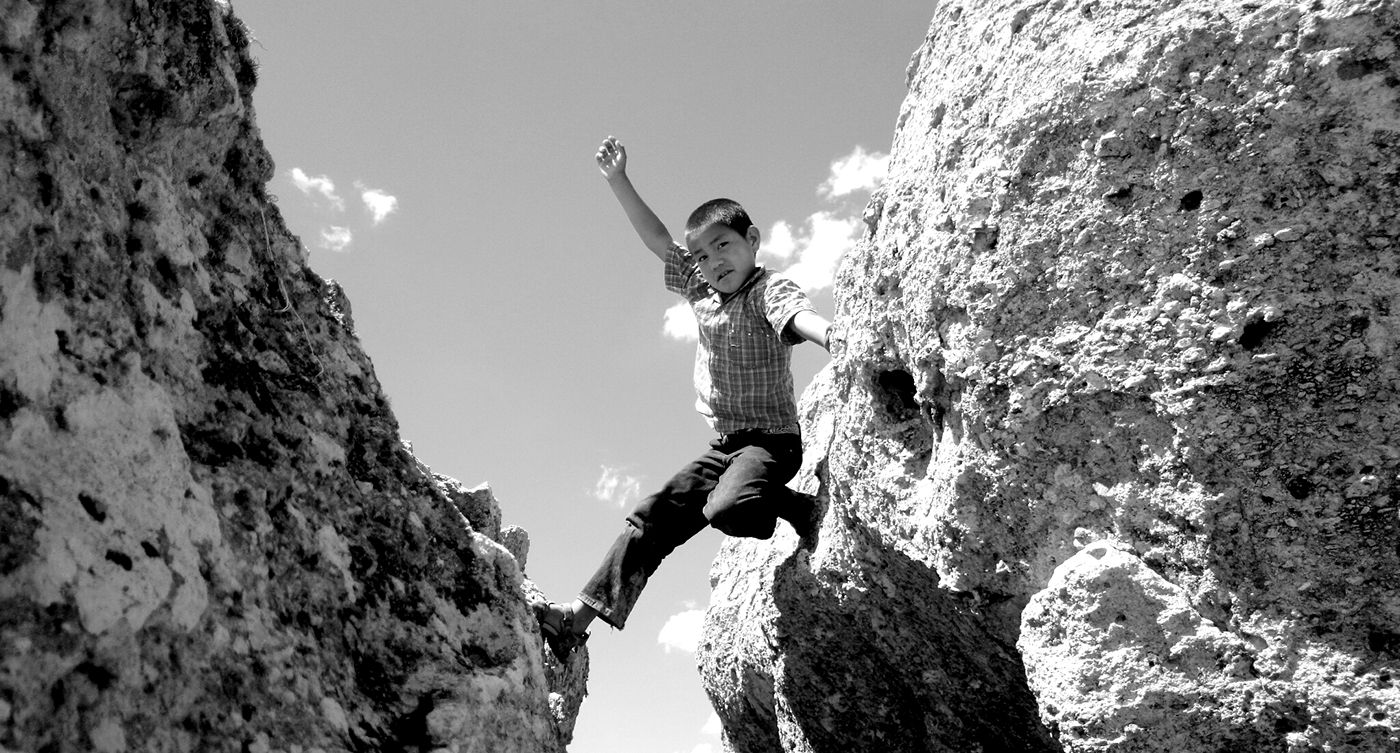
MULTIMEDIA
A disruptive element comes through the presence of television monitors as in the work by video art pioneer Nam June Paik. Screens show (digital) images of natural elements in a natural environment: earth, air, water, fire. Although neither the apparatus nor the visuals alter the calm atmosphere. The video installation is conceived to be seen on four visual displays (surfaces) as screens, monitors or walls. The classic film language is deconstructed since the continuity style is broken as well as the conventional flow of shots size: SCREEN 1: Wide shot of family members and all family together. SCREEN 2: Medium shot of family members. SCREEN 3: Close up of family members. SCREEN 4: Landscape.
TRANSMEDIA
Tarahumara Project is connected with a production outside the trilogy: an interdisciplinary website produced during Innovation Week 2013 at Tecnológico de Monterrey University, Campus Chihuahua. The Barbaric Country (El País Bárbaro) is made by students of different degrees from an idea by Pedro Valiente. Content includes graphic design, videos, photos, essays, and articles. Barbaric refers to a historical/sociological name to honor the brave people living in the harsh land and climate of Chihuahua State in Northern Mexico. I LINKS: Tarahumara Project I The Barbaric Country

TARAHUMARA
Tarahumara is the Spanish name for rarámuri: "running foot" or "the ones with light feet". It is one of the pre-Hispanic pueblos that keeps its traditions in a radical fashion. Due to the stiff geography were they live or due to their indomitable character. In fact, they were never been conquered. It is though that they may passed from Mongolia to America for the Bering Strait. The Jesuits registered contact with them in 1606. They settle officially in in their land at the end of the nineteen century. They celebrate their beliefs with a mix of Catholicism and Shamanism with dances, offers, and tesgüinadas, parties drinking corn beer. Women wear blouses and skirts with vivid colors. They show a stronger anatomy than men.
“So many men, women, and children persist in distinctive, centuries-old cultural traditions in spite of their nearness to all the complexities and attractions of modern industrial society is an important part of the story.” Tarahumara (1997) by Bernard L. Fontana/John P. Schaefer, The University of Arizona Press “In the last several years, the Tarahumaras have been entering 100-mile races--nearly equaling the length of four 26-mile marathons--in hopes that people will hear of their tribe's plight and donate money to ease their situation in the rugged mountains of Chihuahua state.” George Ramos, Los Angeles Times, 09/25/96 Tarahumara running: Born to Run: A Hidden Tribe, Superathletes, and the Greatest Race the World Has Never Seen (2009) by Christopher McDougall, Knopf Ed. I Tarahumara pueblo: Encyclopedia I Tarahumara biomechanics: Harvard University I Tarahumara documentary film: University of California, Berkeley
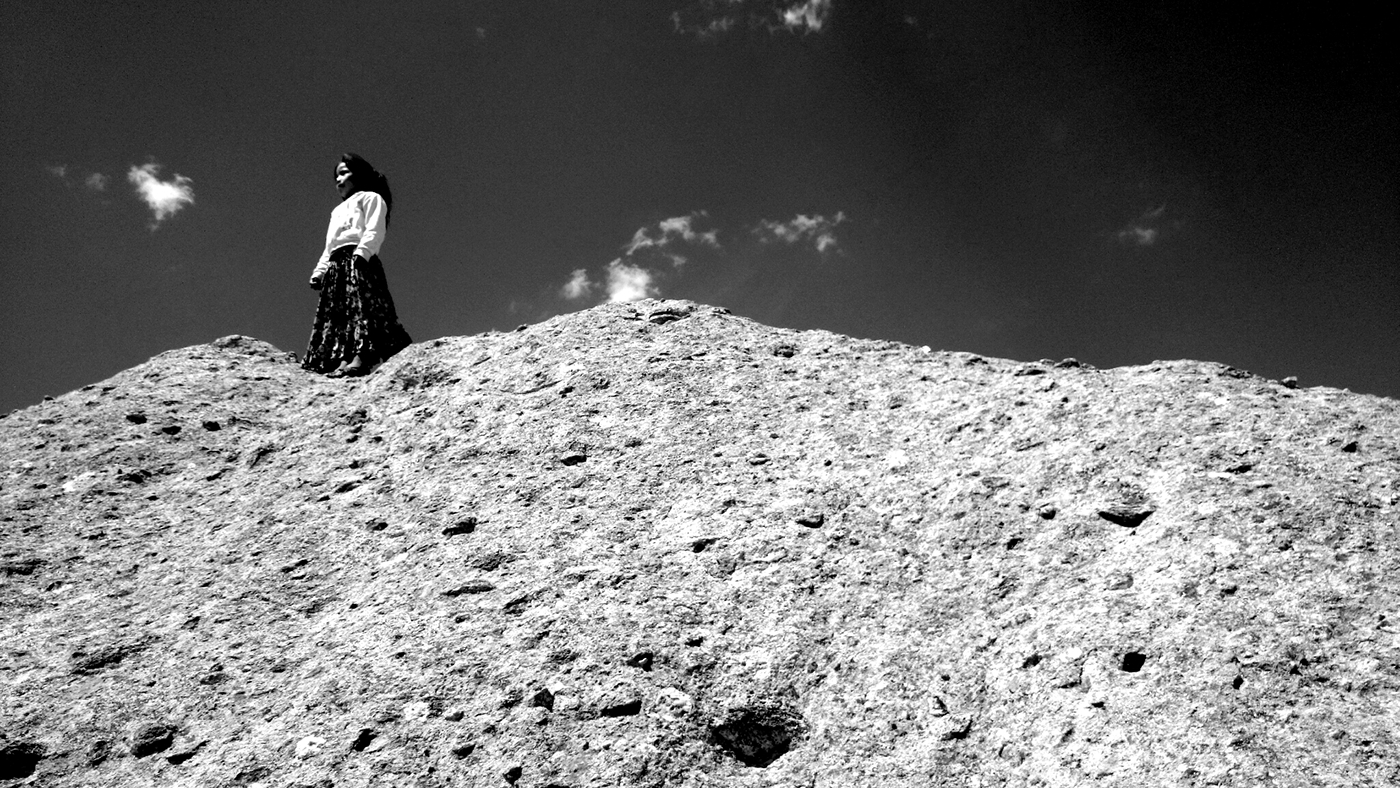
ANTONIN ARTAUD
"Antonin Artaud was an avant-garde theater director, poet, actor, writer and essayist. His manifestos were written in his book The Theater and Its Double which expressed his admiration for the western theater. He then transformed these ideas in the form of a play which failed commercially. The failure made him travel to Mexico where he stayed with the Tarahumara people and wrote down his experiences in Voyage to the Land of the Tarahumara".

FROM THE ARTISTS
“Still figures in a moon-like landscape with modern technology seem strangely natural. Surrealistic and beautiful. There is something about a family facing together anything in life: good or bad. In this case, two Tarahumara families confronted a Mexican/Spanish crew who wanted them to pose still in front of a camera surrounded by television monitors. It was fascinating to observe their reactions and gestures. And a true privilege.” --PEDRO VALIENTE, director. “One of my tasks was to communicate with our characters. Rarámuri language belongs to the Uto-Aztecan family. Many of them don’t speak Spanish. So, the daughter translates my indications to each person on set. I tell them: ’Enter, stay, walk…’. I never imagined that one day I was going to talk to fellow Mexicans on this way. It was really an incredible experience.” --EUGENIO VALLES, producer. “We filmed one day a family near a cliff and the next day another one in La Charca de las Ranas. Characters appear along with the elements (earth, air, water, fire) as a counterpoint. Somehow, there is harmony: its their natural environment. And then an artificial dialogue is constructed with the presence of contemporary equipment. Of course, all under intense sunlight!!” --MARIO GUTIÉRREZ, director of photography. "I work a lot with people in the streets. I love urban portraits. So it was a great opportunity to be close to this culture. Capturing Rarámuri expressions is like jumping into the void: you don’t know what you will find." --LEONARDO MARTÍNEZ, photography. “The Rarámuri were never conquered when the Spanish arrived in the 1500s. Nowadays, most of them still practice a traditional lifestyle. We all approach this challenging and unique project with respect for this enigmatic pueblo." --ISAAC ESTRELLA, postproduction producer. “My training in International Relations and my career as social coordinator meet through the contact with communities. Filming this video art piece I found amazing human qualities. Rarámuri people speak quite a lot in silence." --PAMELA PÉREZ, production coordinator
A
PHOTO
TARAHUMARA PROJECT + BEHIND SCENES I LEONARDO MARTÍNEZ




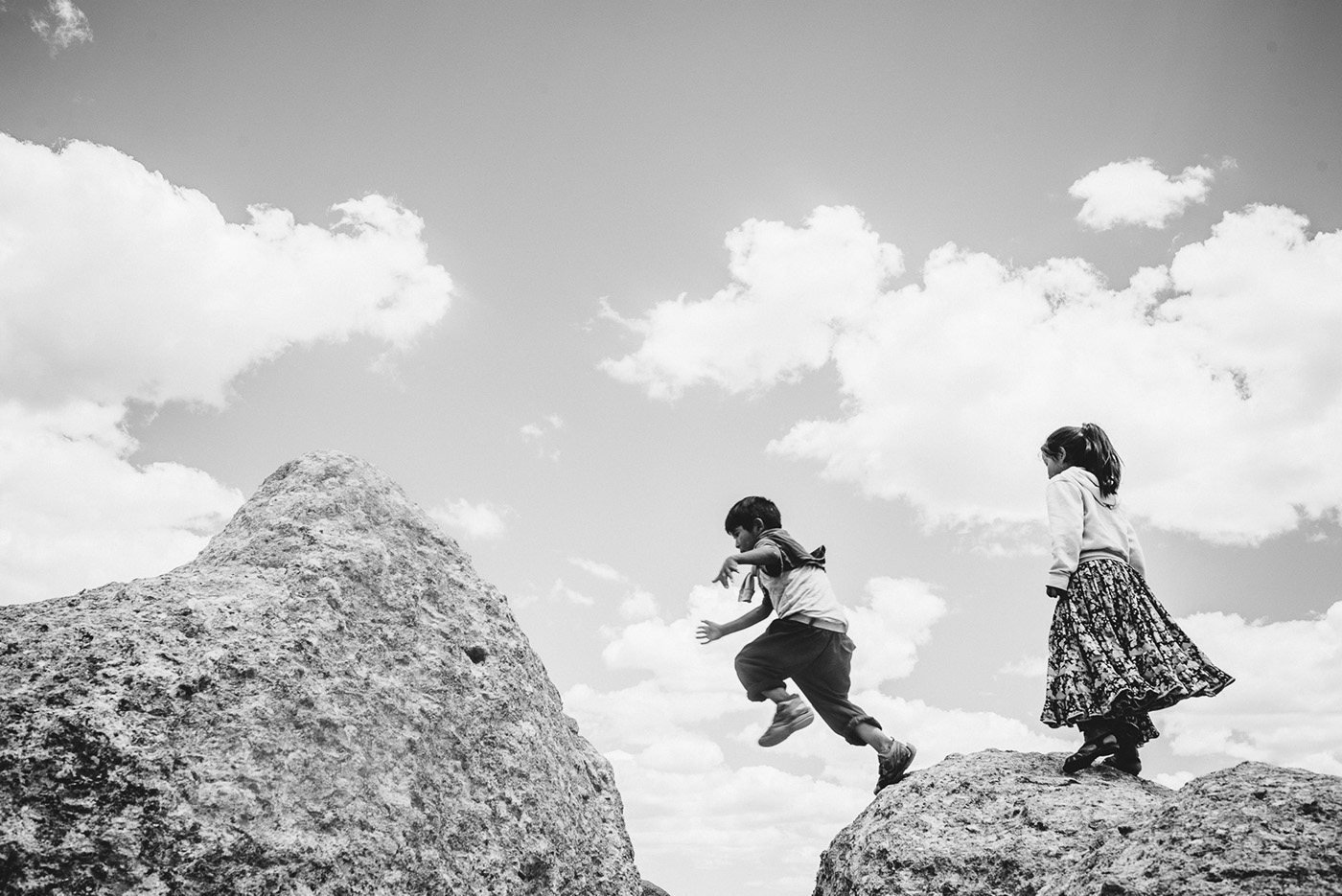

A





















A
PHOTO
TARAHUMARA PROJECT + BEHIND SCENES I PEDRO VALIENTE











A
PHOTOGRAPHY
TARAHUMARA PROJECT BEHIND SCENES I LEONARDO MARTÍNEZ












A
VISUAL PRESENTATION
TARAHUMARA PROJECT I PEDRO VALIENTE








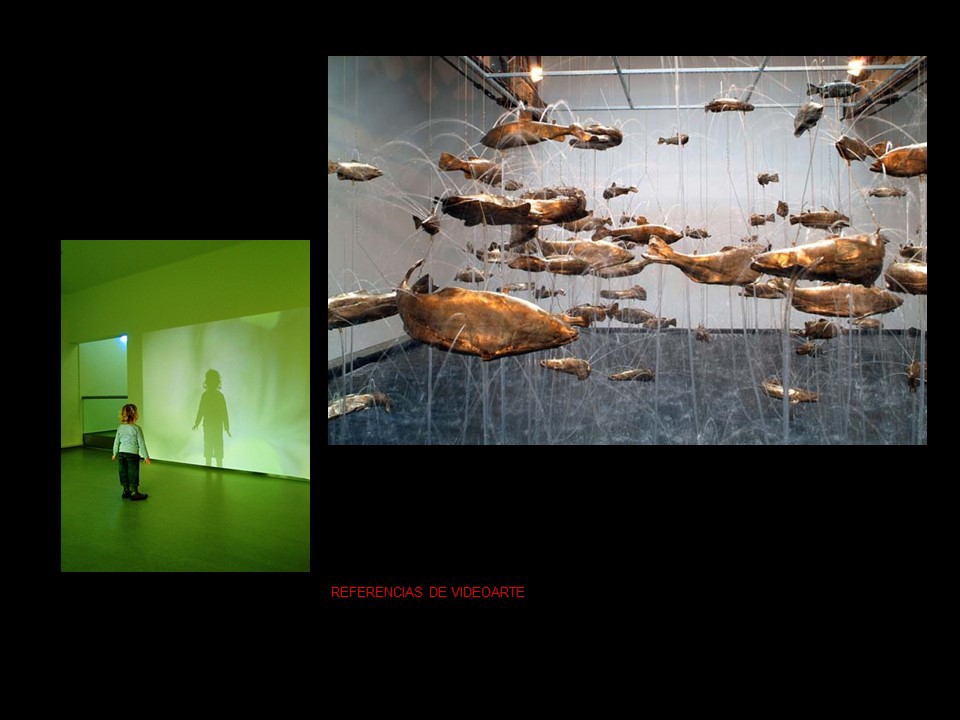


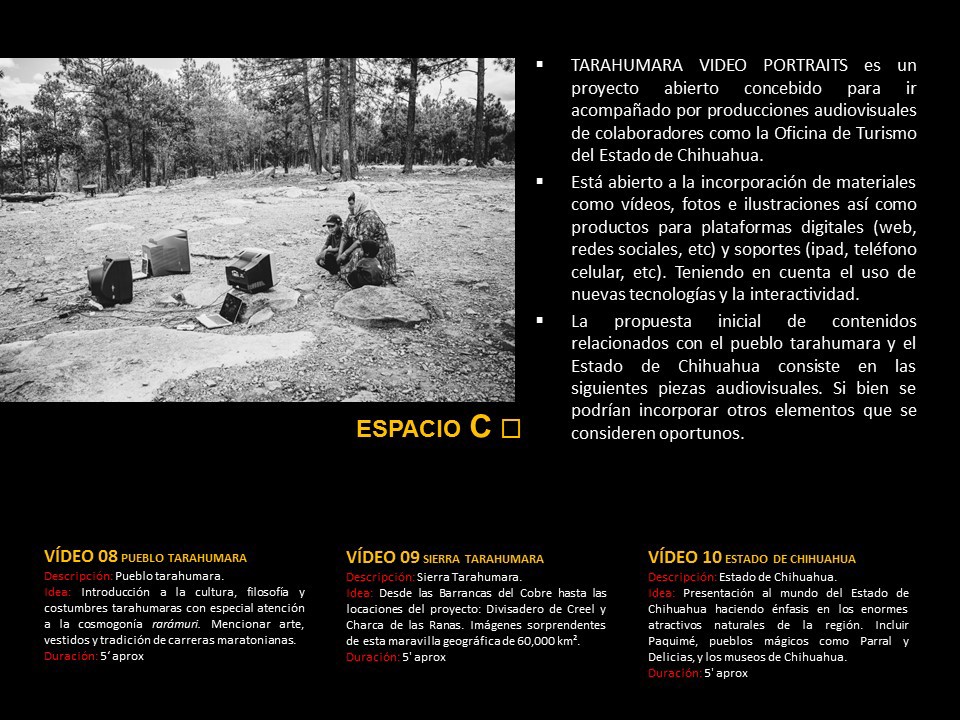

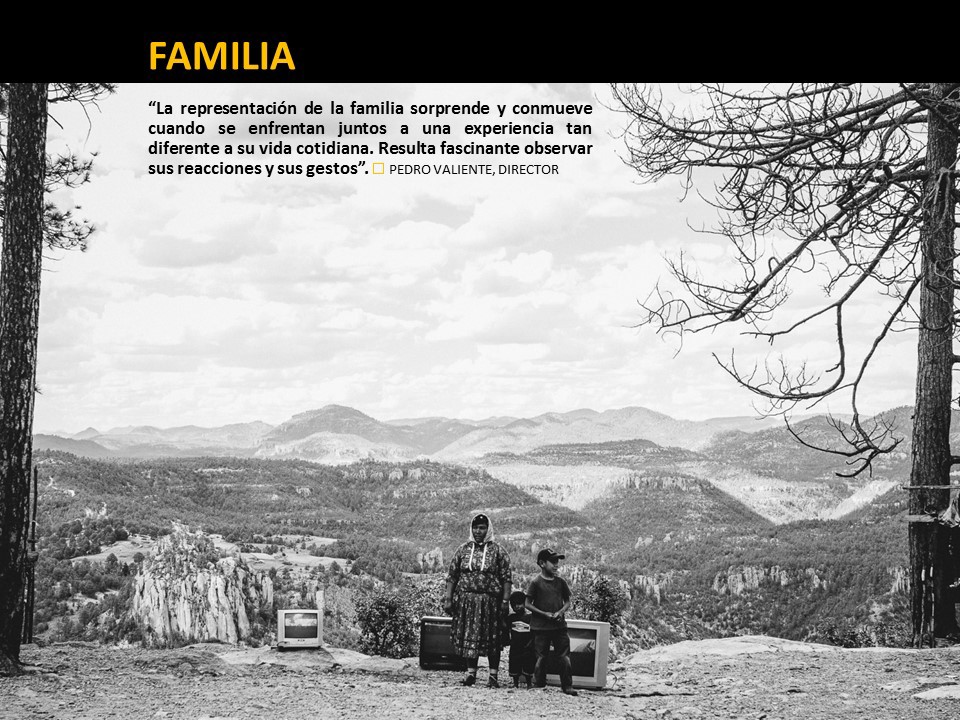





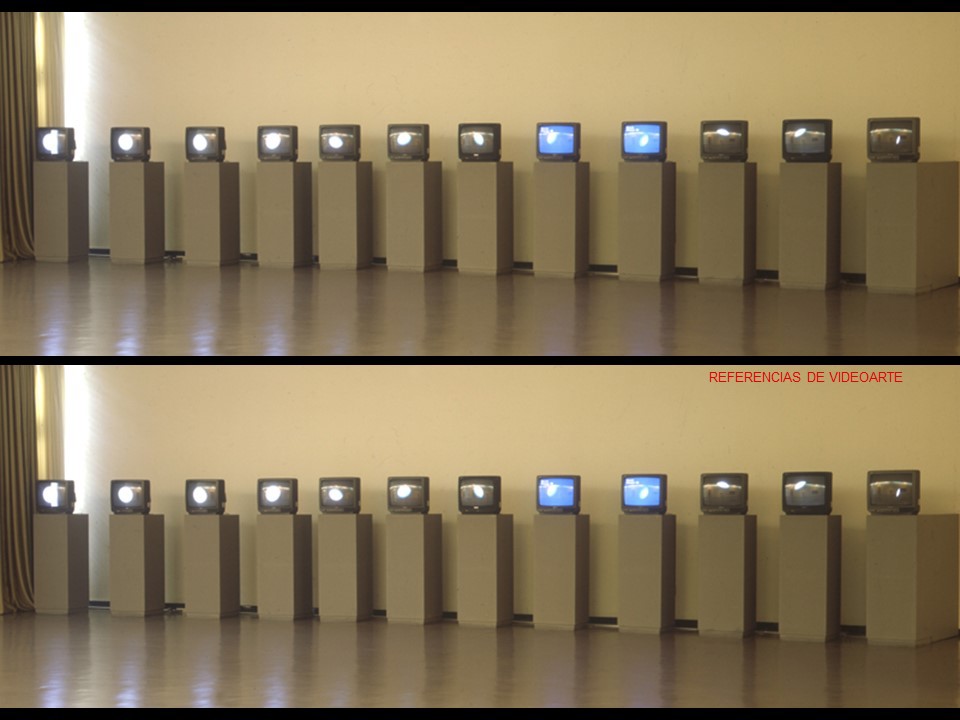
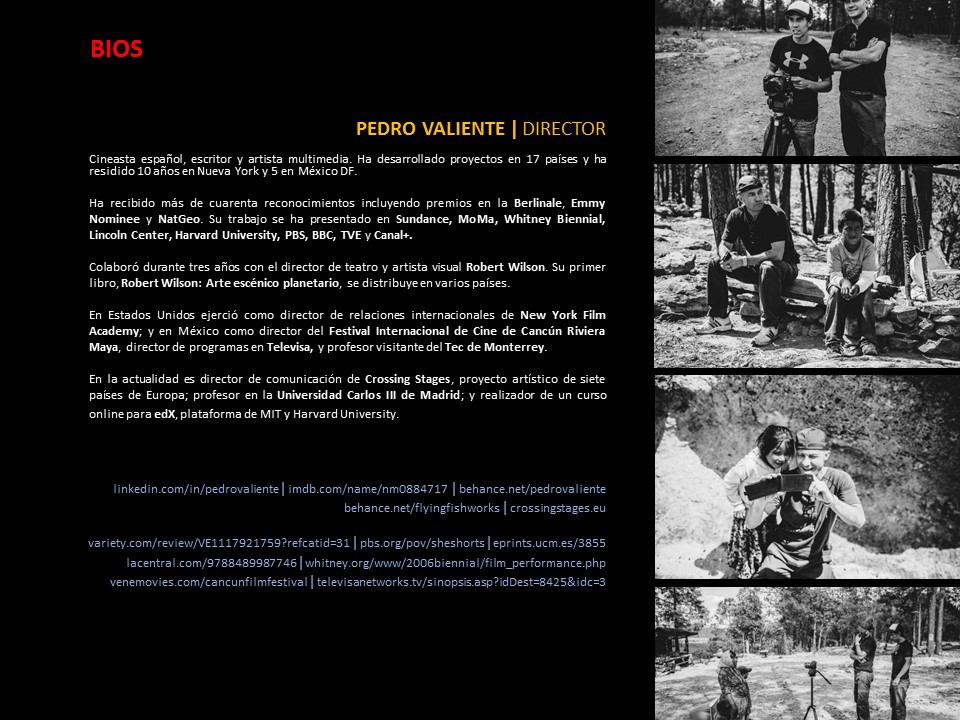




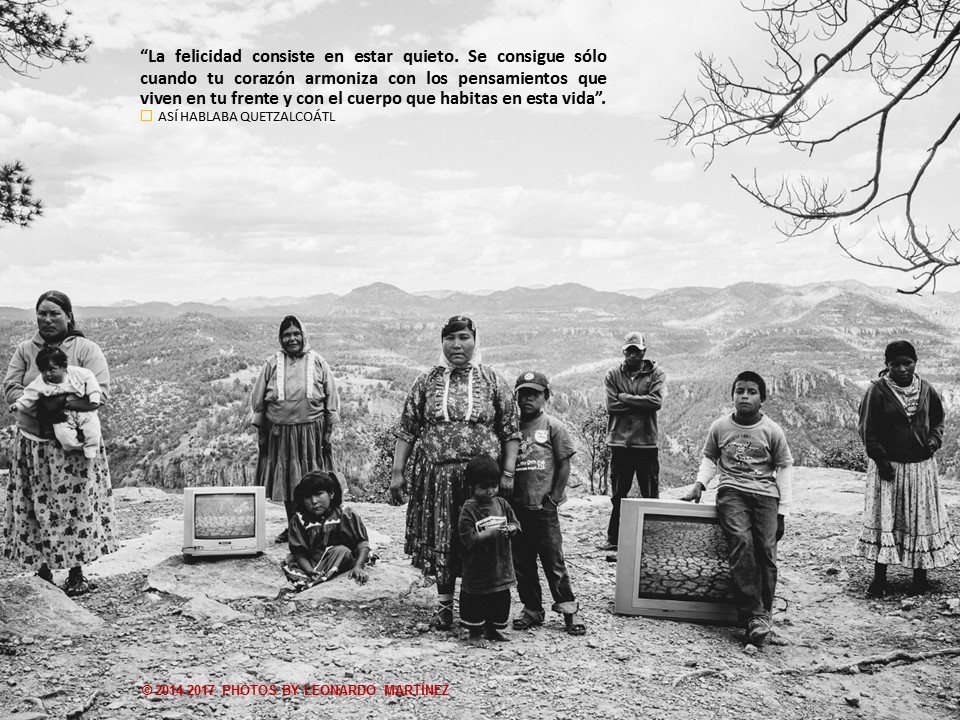

A
WEBSITE
THE BARBARIC COUNTRY I COORDINATED BY PEDRO VALIENTE
semana i I Tecnológico de Monterrey, Chih, Mexico. The Barbaric Country is a website that features culture, arts, history, and nature of Chihuahua State in Northern Mexico. This interdisciplinary project was produced by students at semana i - Innovation Week 2013 in Tecnológico de Monterrey, Chih. There is a strong presence in this site of essential elements of Tarahumara Project including Tarahumara pueblo and Sierra Tarahumara. I LINKS: Tecnológico de Monterrey I Innovation Week I The Barbaric Country
















Tarahumara Project graphic design and photography are on display at Behance including poster, flyer, and behind scenes
© 2013-2024 Flying Fish Work I Tecnológico de Monterrey I © 2013-2024 Photo: Leonardo Martínez I Pedro Valiente

